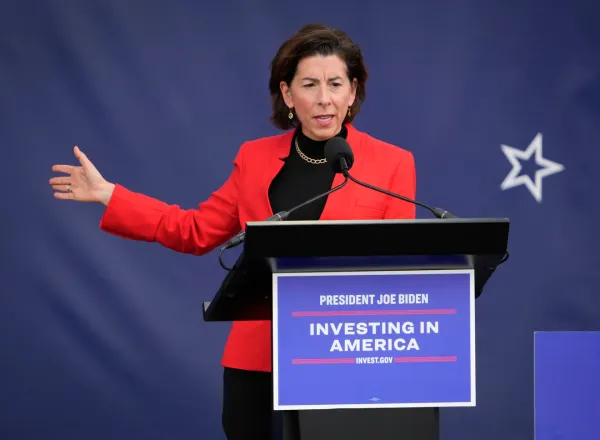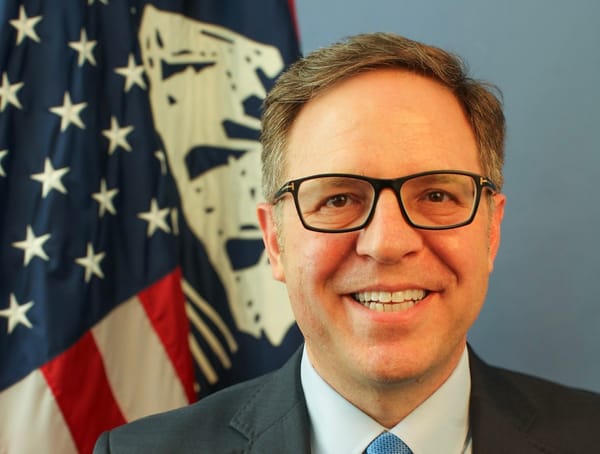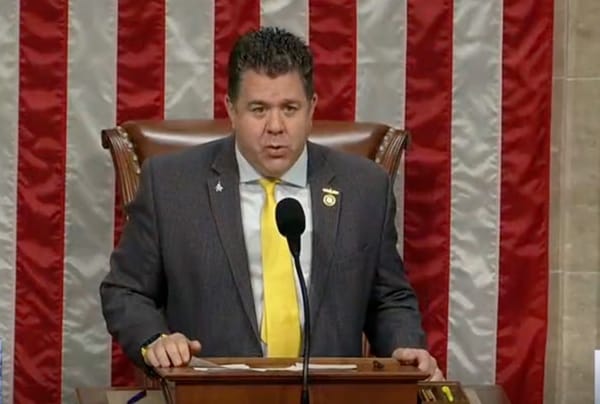Lifeline Reform One More Step Toward Adoption
WASHINGTON, January 27, 2012 – A couple weeks ago, Federal Communications Commission Chairman Julius Genachowski announced the FCC’s Order to modernize the Universal Service Fund’s Lifeline Program. In a week where almost all of the media’s attention was focused on new technologies and innovative ga
WASHINGTON, January 27, 2012 – A couple weeks ago, Federal Communications Commission Chairman Julius Genachowski announced the FCC’s Order to modernize the Universal Service Fund’s Lifeline Program. In a week where almost all of the media’s attention was focused on new technologies and innovative gadgets at the International Consumer Electronics Show, Genachowski reminded the public of the challenges facing basic broadband adoption — and the importance of the FCC universal service efforts over the past two years.
He noted the FCC’s recent accomplishments including overhauling the universal service fund and intercarrier compensation systems as well as setting up balanced rules to preserve internet freedom and openness. He praised the elimination of over 200 outdated rules and data collections, the general crackdown on fraud and abuse and the additional $67 million logged in enforcement penalties and settlements. Genachowski highlighted the FCC’s efforts to place many of the FCC’s programs under the microscope. The Chairman added, “a program can be efficient and fiscally responsible and still be ineffective. That’s why we’ve also asked if programs need to be modernized to meet today’s needs.”
In asking whether the programs are serving the right policy goals of today’s broadband world, the Commission has already reformed the Video Relay Service, the E-Rate program, the largest part of the USF and ICC systems. With the decision to reform the Universal Service Fund’s Lifeline Program, the Chairman praised the Commission’s efforts in following through with Congress’ directive, ensuring that “consumers in all regions, including low income consumers…should have access to telecommunications and information services.”
As valuable as the Lifeline program has been to low income families it has had its share of problems and additional costs on consumers nationwide. Carriers are providing lifeline services to individuals that already receive lifeline services from another carrier, and carriers have abused the program by receiving additional funds for signing up homes that do not qualify for program support. The proposed reforms will aim to standardize eligibility requirements and clarify rules to prevent duplicative support.
Genachowski announced three goals for a reformed program. Those include cost controls, a budget designed to address the issues consistent with programs purpose, and a shift to supporting high speed internet as a vital communications platform.
Initial phases of the Lifeline reform began last summer when the Commission adopted an order clarifying that an eligible consumer may only receive one lifeline supported service, creating procedures to detect and de-enroll subscribers with duplicate lifeline supported services. “As a result of these actions we’ve already identified more than 200,000, duplicative Lifeline subscriptions for elimination,” touted Genachowski.
The order establishes clear goals for the program as well as metrics to measure progress towards the goals.
GOALS
– Create a National Lifeline Accountability Database – to minimize contribution burden for consumers and businesses
– Create a budget – to eliminate unnecessary spending
– Create accountability measures – every carrier that receives over a specified annual amount of funds will be subject to independent audits every two years.
– Create national eligibility criteria to ensure that low income consumers meet federal standards in order to participate – the eligibility standard will take into account the unique circumstances of Tribal communities and allow states to add additional criteria.
– Transparency – the order would make Lifeline reimbursements more transparent and streamlined so carriers receive funds for subscribers actually served
– Protect and empower consumers – the order would provide more information to consumers about program requirements
– Order will modernize Lifeline from telephone to broadband
– Broadband Adoption Pilot Program – transitioning the program to support broadband would require a program that would test and determine how Lifeline can best be used to increase broadband adoption among Lifeline eligible consumers.
According to Genachowski, the program would solicit applications from providers and select a number of projects to fund. Applicants will be expected to use the Lifeline support to reduce the monthly cost of broadband and also address the cost of purchasing broadband devices and lack of digital literacy.
The data derived from the Broadband Adoption Pilot Program as well as all of the other adoption programs across the country will be used to understand how to best transition Lifeline support to broadband
Next Tuesday January 31st, the Commission takes up the Order in a full Commission meeting.







